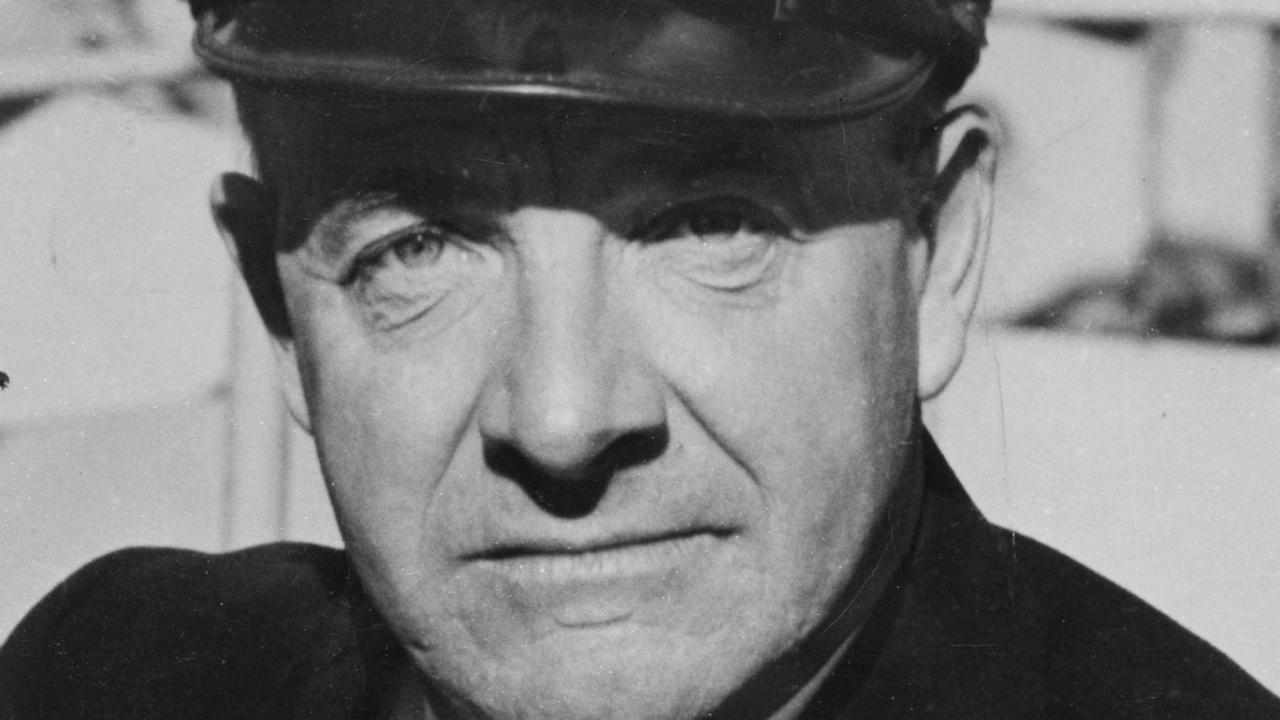Military hero Paul von Hindenburg set Germany on course to disaster
WHEN things were going badly for Germany in 1916 they looked to a general to save them. He would later condemn his people to another senseless war.

Today in History
Don't miss out on the headlines from Today in History. Followed categories will be added to My News.
THINGS were going very badly for the Germans in August 1916. The British-led offensive on the Somme seemed close to breakthrough, German military leader Erich von Falkenhayn’s attempt to “bleed France white” at Verdun was faltering and Romania had entered the war siding with Russia, threatening Germany with defeat in the east.
The German people, the government and Kaiser Wilhelm II all looked for a military saviour. They called on Paul von Hindenburg, veteran of the Franco-German war and commander of some of the early victories of World War I. A century ago this week the kaiser handed military power to Hindenburg and effectively made him Germany’s dictator. It would have dire consequences for the course of Germany in the war and the decades after.
Hindenburg was born in 1847 in Pozen, in the kingdom of Prussia, the son of nobleman (junker) officer Robert von Beneckendorff und von Hindenburg. At this time the Germanic states were heading towards unification as the nation of Germany. Hindenburg became a military cadet at 11 and in 1866 was commissioned a lieutenant in the Prussian army, serving in the Austro-Prussian War and the Franco-German War of 1870-71.

Decorated for bravery, he was at the Palace of Versailles when the German Empire was proclaimed in 1871. He rose to the rank of General of the Infantry (the equivalent of a three-star general) in 1903 before retiring in 1911.
Recalled to service at the outbreak of WWI in 1914, he was appointed commander of the Eighth Army. One of the most capable generals under Hindenburg was Maj-Gen Erich Ludendorff, whose victory over the Russians at the battle of Tannenburg in August 1914 was credited to Hindenburg. After another major victory at Lodz in November, Hindenburg was promoted to Generalfeldmarschall (Field Marshall).
As the war ground on, Hindenburg came to believe that victory must be won first in the east before Germany could tackle the western front, a view not shared by his superior Falkenhayn, head of the Oberste Heeresleitung (OHL) or German High Command. Falkenhayn believed he could wear the French down with offensives like Verdun, which began in February 1916. When that failed and British, French and Commonwealth forces launched an offensive at the Somme, there were calls for Falkenhayn’s removal. The successes of the Russian Brusilov offensive in the east, from June 1916, brought fears the eastern front could collapse and when Romania entered the war on August 28, threatening to bolster Russian efforts, it seemed that Hindenburg, victor of Tannenburg, was the obvious choice to take charge.

The Kaiser sacked Falkenhayn on August 29 and Hindenburg took office on August 30, with Ludendorff as his deputy. On August 31 Hindenburg presented his program for winning the war, urging more efficient use of scarce resources. This meant both more effective application of troops as well as extending government power over civilians to raise military production and keep the army supplied with weapons, food and manpower. Germany effectively became a military dictatorship. The program also had the effect of putting some of the responsibility for winning the war (or losing the war) on the civilian population.
Hindenburg soon discovered that he couldn’t transfer as many troops as he would like from the western front to the east, because of the intensity of the battle of the Somme. He looked for other ways to make a breakthrough, one was to try to starve Britain into submission through increasing submarine warfare, which had the effect of bringing the US into the war.
When the Russians capitulated in the wake of the 1917 October Revolution, it gave Hindenburg hope because he now only had to fight on one front. However, by then the French, British and allied forces were more skilled at using the combination of tanks, artillery and aircraft to break the trench stalemate. Fresh American troops had also been arriving since June 1917 and by the beginning of 1918 were starting to have an impact.
When Germany finally surrendered and signed the armistice in November 1918, Hindenburg successfully shifted much of the blame for the surrender to Ludendorff. In his writings after the war he also shifted blame to civilian authorities.
He emerged from the war as a national hero and in 1925 was elected president of the German republic.
It put him in a position of power, from which he was able to aid the rise of Adolf Hitler, who helped perpetuate the myth that Germany’s military had been betrayed by civilians in WWI.
Originally published as Military hero Paul von Hindenburg set Germany on course to disaster


